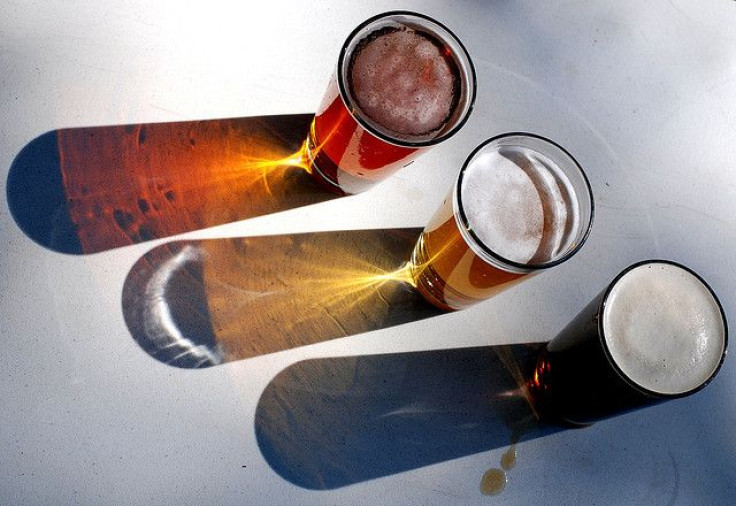Beer Recipes Are About To Change: New Strain Of Yeast Will Make Better Lagers

Beer has seen a revolution of sorts over the past few years as craft beers have exploded onto the market. Breweries worldwide are making extravagant beers with equally extravagant names and flavors. From IPAs and Belgian wheats to stouts and porters, it seems like every beer has had its moment in the spotlight — except for the lager. It has stayed essentially the same for centuries. That’s all about to change, however.
Researchers at VTT Technical Research Center of Finland in Espoo have discovered a strain of yeast that allows brewers to change up the recipe for a lager. The strain was discovered in 2011 by Diego Libkind, who identified Saccharomyces eubayanus growing in the wild forests of Patagonia. Most lagers are traditionally made with the Saccharomyces pastorianus yeast species. Studies have found, however, that pastorianus was actually a hybrid of two different yeast species. In the 80s, scientists discovered the original parent of pastorianus was Saccharomyces cerevisiae, which is used in both baking and brewing.
“Once eubayanus was discovered, things suddenly became very interesting,” says Brian Gibson, who studies brewing yeasts at the VTT Technical Research Center.
Gibson and his team have created a hybrid of S. cerevisiae and S. eubayanus, with all of the hybrids outperforming their parents. This led to better tasting lagers and faster production of alcohol with higher concentrations. The team made 4-vinylguaiacol, which featured flavors more reminiscent of a Belgian wheat beer. “The beers have a clovey aroma,” Gibson said. “It's actually quite nice but maybe something we don't always want. The idea is to have a whole range of strains, and you just pick and choose.”
Since they’ve found the new strain makes for tastier, more flexible lagers, the team has turned its focus on making new yeast matchups that could potentially create lower-calorie beers. As for when you will see more flavorful lagers that use the hybrid of S. cerevisiae and S. eubayanus in stores near you, Gibson said it should be relatively soon, since building a wide variety of lager strains is a simple task.
With many of the most popular beers in America being lagers, it’ll be very interesting to see how quickly different flavors and styles of lagers appear in the marketplace as more brewers discover what Gibson and his team have found. It’ll also be exciting to see how the craft brewers of the world take the different strains of yeast and mold them in the unique ways that have made craft beers so popular.
Source: Krogerus, K., Magalhães, F., Vidgren, V. & Gibson, B. New lager yeast strains generated by interspecific hybridization. Journal of Industrial Microbiology and Biotechnology. 2015.



























